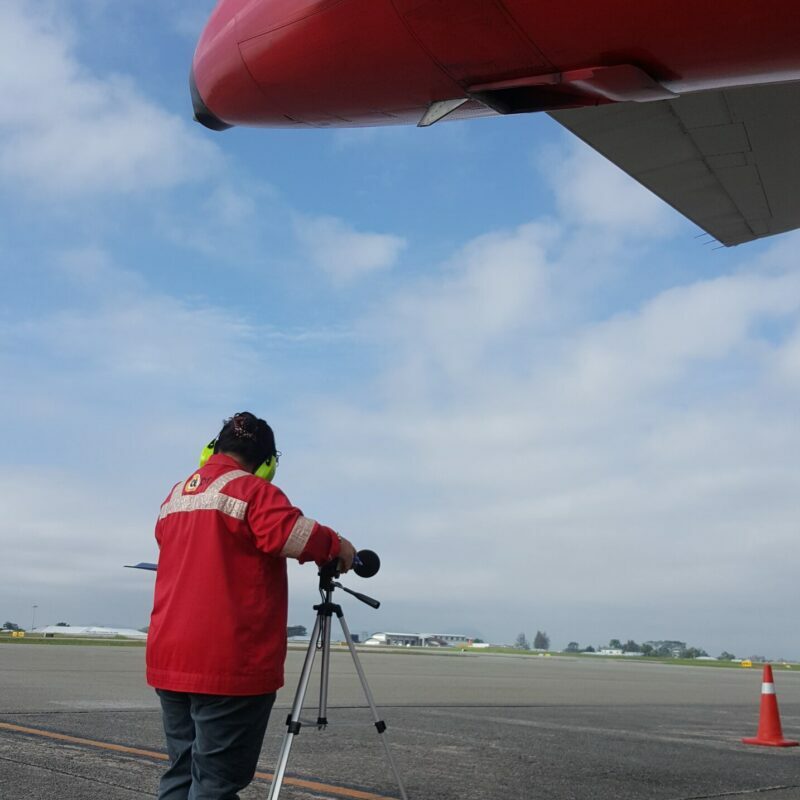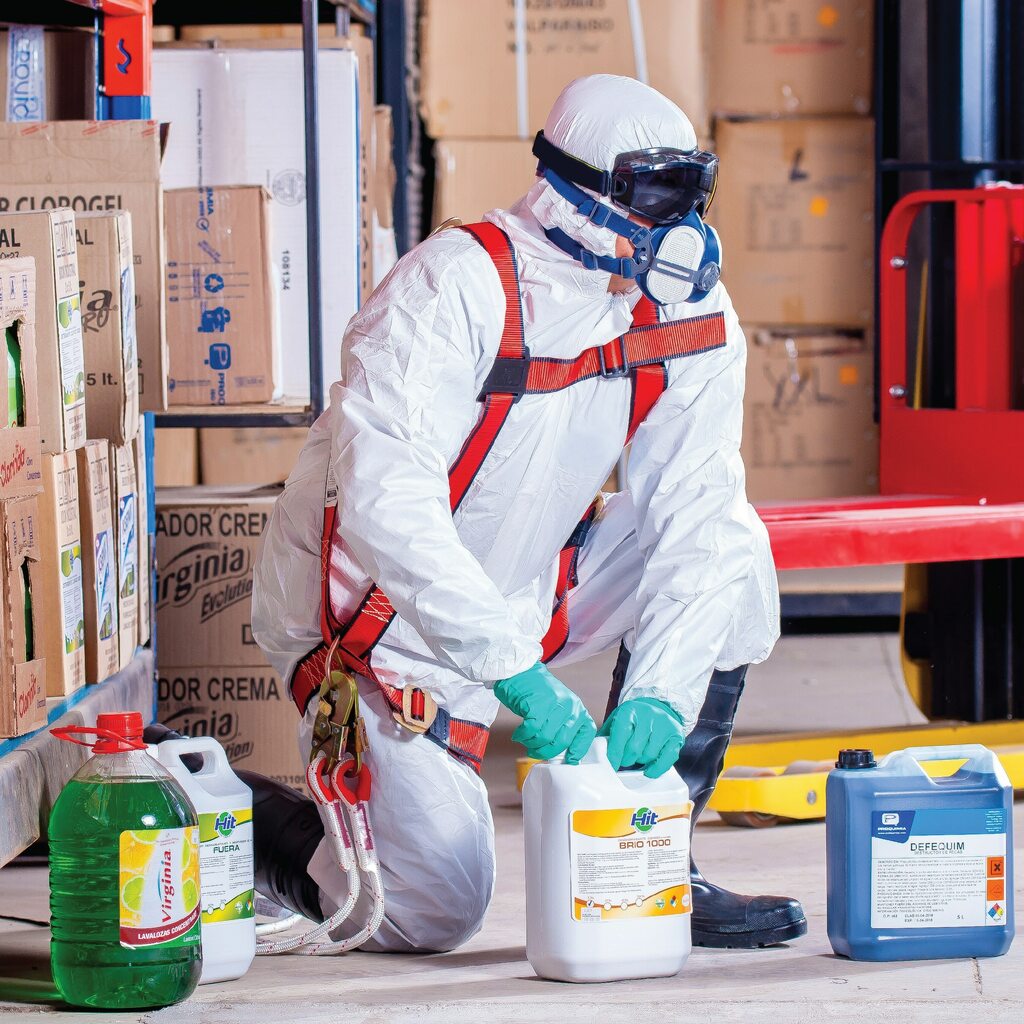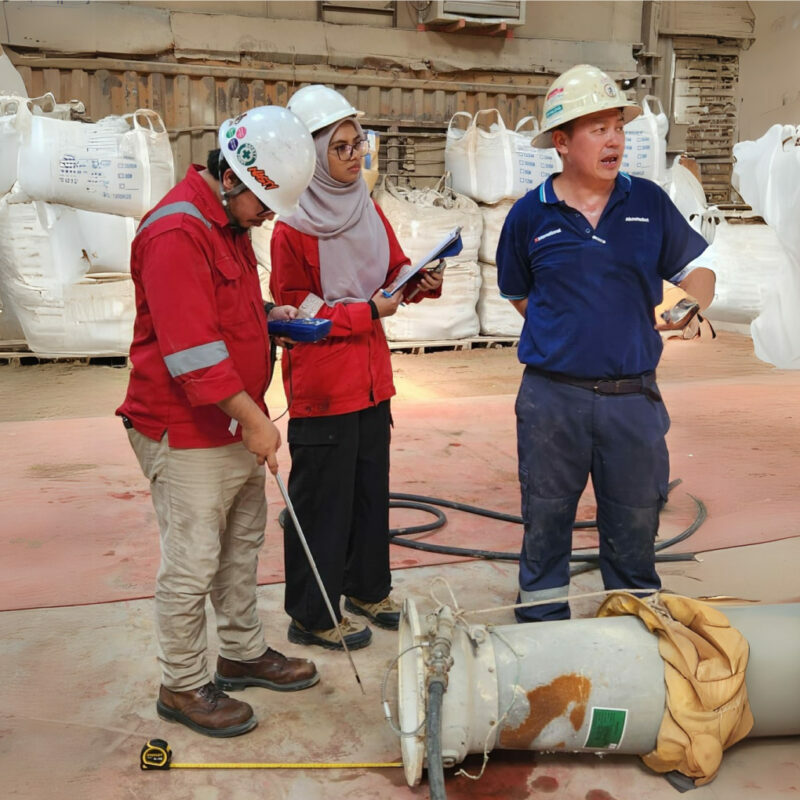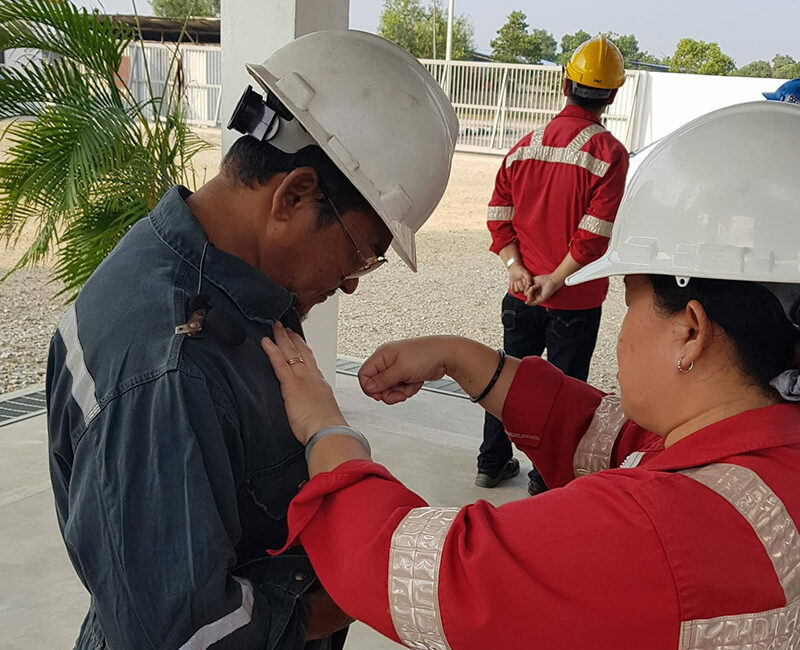We provide qualified and certified trainers to make our aim of assisting in sustaining the knowledge of employees in safety and health become a reality. Our consultants are industry-leading experts who can guide you through the DOSH & DOE compliance requirements.
MATRIX also houses competent assessors, competent persons and trained persons registered with DOSH & DOE for various assessments and monitoring needs such as Mobile Audiometric Testing, Noise Risk Assessment (NRA), Chemical Health Risk Assessment (CHRA), Local Exhaust Ventilation (LEV), Chemical Exposure Monitoring, Ergonomics Risk Assessment (ERA), and Control of Industrial Major Accident Hazards (CIMAH).

In Malaysia, the most common job-related health issue is hearing loss, caused by noise. The number of reported cases may have gone up because more workers and employers are aware of the problem. This also shows that job-related health issues are on the rise. Hearing loss from noise builds up over time, is permanent, and cannot be fixed. This situation also affects the finances of workers, their families, employers, and the government.
Workers who are exposed to loud noise, can have their hearing checked regularly. These tests do not prevent hearing loss but are important as part of a complete health care plan. If audiometry tests show changes in hearing, they need to be looked into to find out why and to decide if action is needed.
Any worker exposed to loud noise can get audiometric testing for free. The employer must provide these tests at no cost to the workers. All tests must be done by a trained technician at a certified testing center. We also provide doorstep service via a mobile carrier.


Employers must protect workers from harmful chemicals, as required by the Occupational Safety and Health Act 1994. To do this, they need to check all chemicals used at work to find and manage any health risks.
According to the USECHH Regulations, employers cannot use any Chemical Hazardous to Health (CHTH) without first doing this assessment. This means they must look at any health risks from using CHTH while producing, handling, storing, transporting, or disposing of these chemicals at work. The risk assessment checks how CHTH are used and the health dangers involved. The actions taken to keep workers safe will depend on how risky the use of these chemicals is in specific tasks.

A local exhaust ventilation system is a type of equipment used in workplaces to reduce exposure to harmful chemicals. The Occupational Safety and Health (Use and Standards Exposure to Chemicals Hazardous to Health) Regulations 2000 set rules for how these systems should be designed, checked, and tested. How well the system works depends on its design, how it is used, and how well it is maintained.
The regulations define engineering control as any equipment used to reduce workers’ exposure to harmful chemicals, including local exhaust systems and water sprays.

If there is a health risk, employers must check how much employees are exposed to harmful chemicals. This checking should follow approved methods. Monitoring means measuring how much employees breathe in harmful vapors, mists, fumes, or dust. Harmful chemicals can cause various health problems, like irritation and cancer. Occupational health and safety experts use this monitoring to look at workplace pollution and how it affects workers.
If there is doubt about the safety of the chemicals used, monitoring is done to make sure that exposure stays within safe limits set by the Occupational Safety and Health Administration (OSHA).

An Ergonomic Risk Assessment (ERA) is a way to find and fix problems in the workplace that could hurt workers’ bodies. Problems like pain in muscles, nerves, and joints (called musculoskeletal disorders or MSDs) can happen if workers lift heavy things, bend a lot, reach high, or do the same tasks over and over again. These activities can lead to injuries.
We can prevent these work-related injuries by applying ergonomic principles, which means designing jobs to fit the people doing them. This can help workers feel less tired, work better, and lower the risk of getting hurt.
Employers need to make sure their workplaces are safe and healthy. By using ergonomic strategies, they can greatly reduce injuries and their costs in many types of jobs, like construction, food processing, healthcare, and more.

A Major Accident Hazard is a source of danger that has the potential to cause a major incident, whether that involves multiple fatalities and/or significant damage to plant, equipment or the environment. Managing Major Accident Hazards is vital to safe operations.